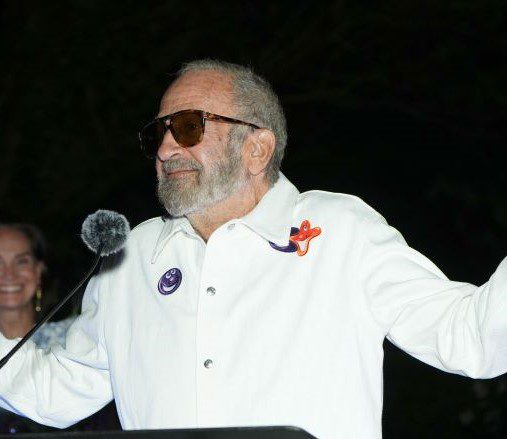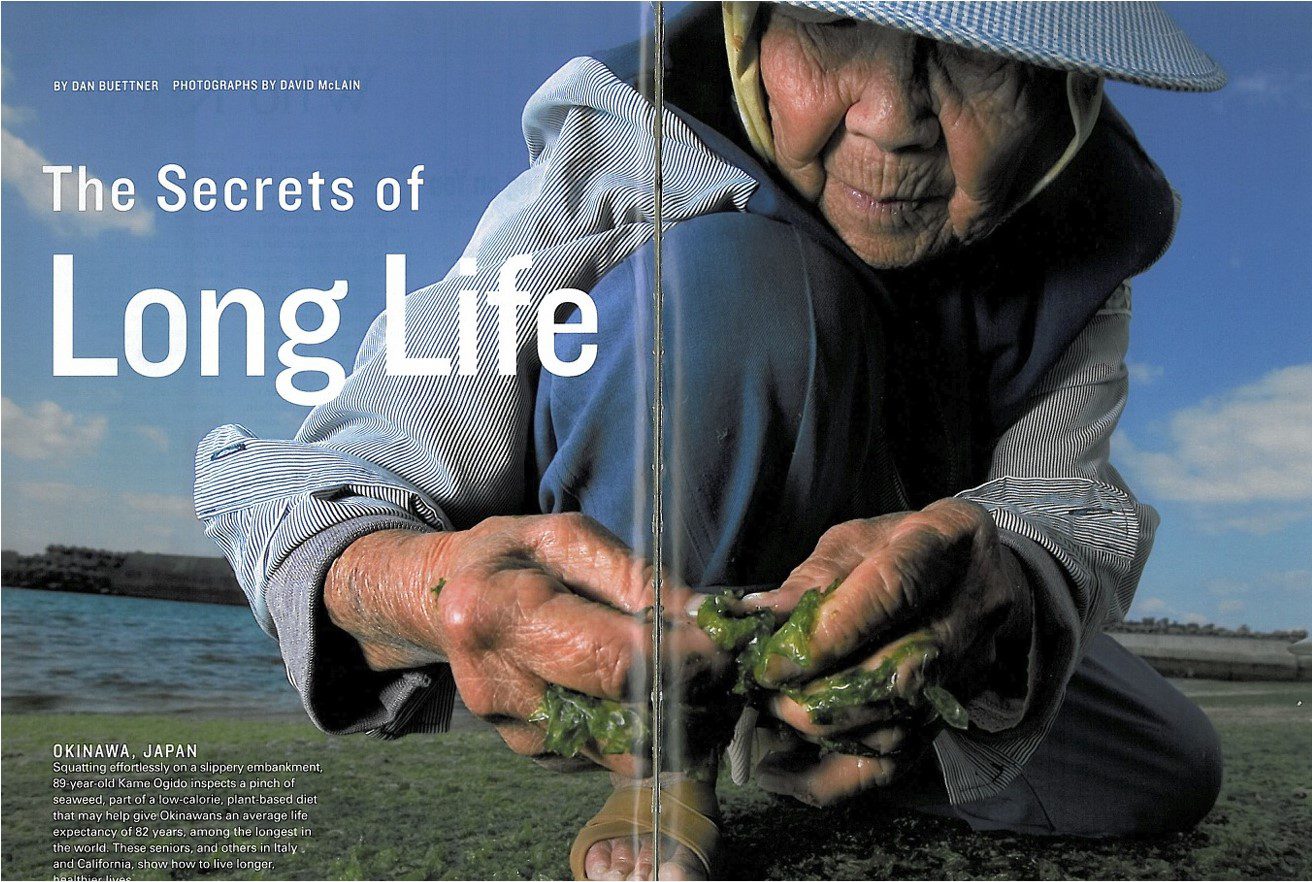
AI WILL MAKE YOU HEALTHIER
By Katlean de Monchy–
I attended a Global Wellness Summit Annual Trend Report event in New York at the end of January, and it gave me a lot to think about. Especially since I had just been to the Consumer Electronic Show in Las Vegas where I saw even more health and beauty-related high-tech innovations. I discussed a number of them when I appeared on CNN international, local CBS and ABC stations and Spanish television.
So I know that the health and wellness industry is booming. It represents $5.6 trillion today. Projections are that in three years it will jump to $8.5 trillion. That’s trillion with a “t.” The head of Global Wellness, Susie Ellis, divides the industry into two categories, hardcare and softcare.
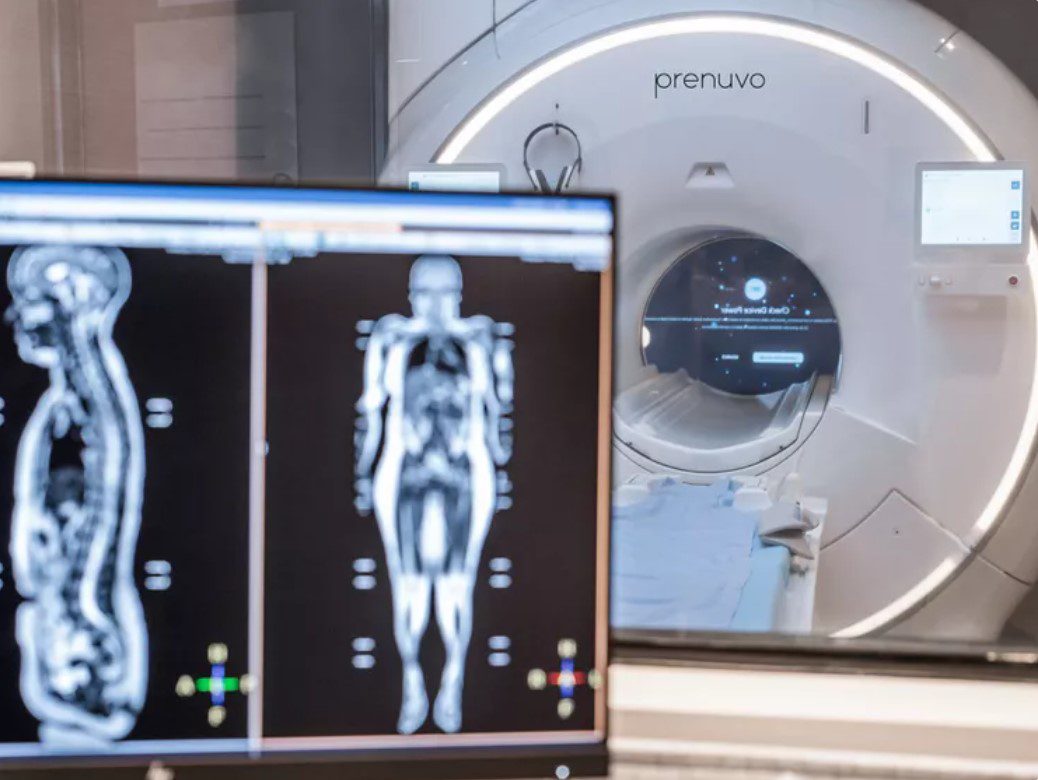
Hardcare includes the high-tech, high-cost, cutting-edge medical side of things. That might mean everything from routine skincare at home with a near-infrared face mask to longevity clinics that have all the bells and whistles, and cater to those who want a personalized, curated approach to health. Here you might be offered a $2,800 full-body MRI scan, to look for an early cancer. Or you could seek genomics testing to qualify for targeted drug treatments. Or your heart surgeon might decide to monitor your vital signs through a cell phone or your wristwatch.
On the flip side, we’ve got softcare, which opts for simplicity, mindfulness, and emotional well-being. You might just as well say “Blue Zones,” the term popularized by Dan Buettner, a National Geographic writer. In 2005 he wrote stories about places like Sardinia and Okinawa, Japan, where people led long lives. The common theme: simple lives, with healthy food drawn from local sources, by people they knew or members of their family.
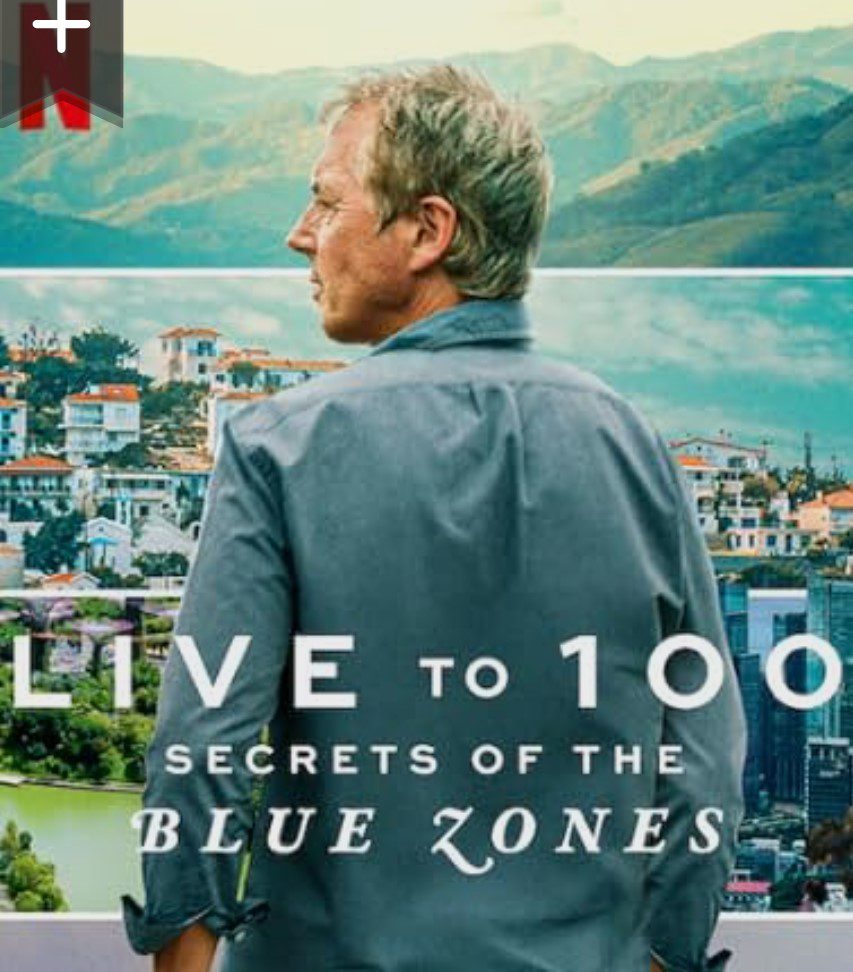
Poster for the 2023 Netflix documentary
In the 20 years since that article, Buettner has written a raft of Blue Zone books and started a foundation. The Blue Zone concept has become so popular that 57 communities have adopted those ideals, seeking to make their neighborhoods quieter, healthier, and more people-centered. Fort Worth is one. A 2023 Netflix documentary shows life in the five Blue Zones Buettner profiled.
As Susie Ellis of Global Wellness pointed out, people are pushing back from the hustle and bustle of modern life, and embracing everything from intuitive eating to the joy of a leisurely stroll. Not a power walk. A stroll.
Global Wellness Trends
As for the future? At CES in Las Vegas it was AI, AI, AI. But artificial intelligence has been built into our technology for a while now, isn’t that right Siri? Why don’t we just call it technology. Here are some trends that the Global Wellness Institute outlined in their January report.

Pilgrimages. More and more, people are hiking with a purpose. Walking along ancient trails, paying attention to nature, meditating as they go or seeking spiritual enlightenment. Picture this: people from all walks of life embarking on ancient trails, immersing themselves in nature, and finding solace in the simple act of putting one foot in front of the other. Record keepers at the Basque village of St. Jean Pied de Port, which is considered the starting point for the Camino de Santiago, say numbers of pilgrims were up 33 percent last spring over the previous year.
With an aging population, there is an increased focus on Longevity. That means not just living longer, but staying active and healthy longer. Tony Robins’ Fountain Life, headed by the impressive Dr. William Kapp, charges $19,500 for an initial assessment, and $14,500 a year thereafter. For that, participants get a whole-body MRI, read by AI, concierge medical services, curated medical advice and constantly updated information on medical discoveries anywhere in the world pertinent to their conditions. (The latter, screened by AI, of course.)
On the flip side, along with longevity comes the fact that people lose some abilities as they age: walking, carrying, seeing, hearing. Here is where technology is racing ahead. CES showed off dozens of motorized personal transportation devices. New technology will help the blind see busy streets.
The GITA personal robot is available to carry up to 40 pounds of packages or groceries, and then follow someone home. One company at CES proposed comfortable mobile chairs for museum visitors who could not walk through extensive galleries. Any restaurant that creates electronic acoustic shells around tables so older people can hear each other will get more business, guaranteed.

An offering at ro.co, one of many online websites offering Wegovy or Ozempic, or the much cheaper compounded drug, GLP-1, the main ingredient.
Online Prescription Drugs, for Weight Loss, ED, Insomnia, Depression. Companies like RO.CO and henrymeds.com offer semaglutide-1 (the compounded drug in Ozempic) and a syringe with only an online form, a televisit with a “clinician” and a monthly payment (no insurance necessary). HERS touts online prescriptions for antidepressants, after another form and a conversation with a “health care provider.” Hims offer similar antidepressants plus Viagra and hair regrowth products. Tele-RX allows people to diagnose their own conditions and order medications without involving personal physicians, drugstores or insurance companies. This is a revolutionary change.
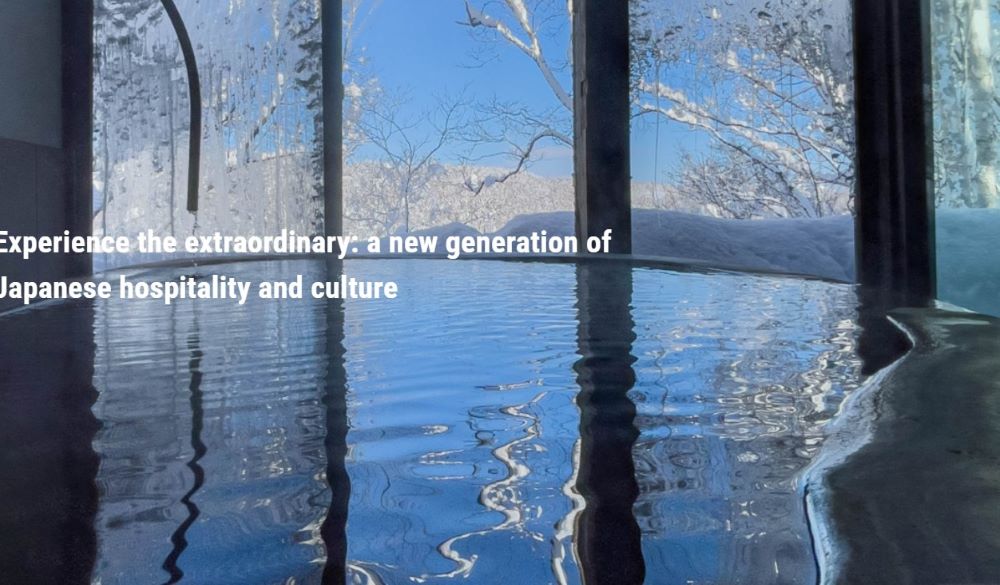
Wellness Hotels These go beyond the Canyon Ranch spa-and-diet destination. Wellness hotels offer a serene atmosphere, intimate natural surroundings, all manner of spiritual and body-healing opportunities and a hushed environment like that in a monastery. A perfect example is Shiguchi in Hokkaido, Japan. The name “shiguchi” refers to an architectural style of building without nails or screws. These all-wooden cabins are filled with flowers, art, scents, and views of a stunning topography. Bathtubs are carved out of rock. The restaurant serves adventurous meals that have nothing to do with diets. This combination of remove from city life, sophistication, honoring old crafts, exquisite taste, and aesthetic decisions for every part of the guest’s experience, from cotton pajamas to heated floors, adds up to the new wellness hotel.
Interactive, Immersive Art Museum shows of the last decades have invited audience participation, whether it means picking up a piece of candy from a pile created by Felix Gonzalez-Torres in the corner of a museum (replenished daily, per his instructions), or squeezing between two naked people at Marina Abramovic’s retrospective exhibit in London last fall. The idea is to force visitors to react to the experience. Am I stealing a piece of art? Am I embarrassed to be this close to naked people in public?
But what happens when interactive art comes home? You could say that video games have become so sophisticated, they might as well be considered interactive art. They certainly are immersive. But let’s look at actual art. Consider the imaginative Mexican artist Rafael Lozano Hemmer. One of his pieces, “Pulse Topology,” consists of 6,000 Edison bulbs that respond to visitors’ heartbeats. It was shown at Art Basel in 2022. The technology involved is photoplethysmography—the change of opacity in skin as blood flows. The sensors Lozano Hemmer uses analyze variations in skin color and the lights turn on and off in response. The artwork is meant for a room of 1,000 to 6,000 square feet. Let your mind wander a bit about how “Pulse Topology” (edition of 5) would be hanging at home.
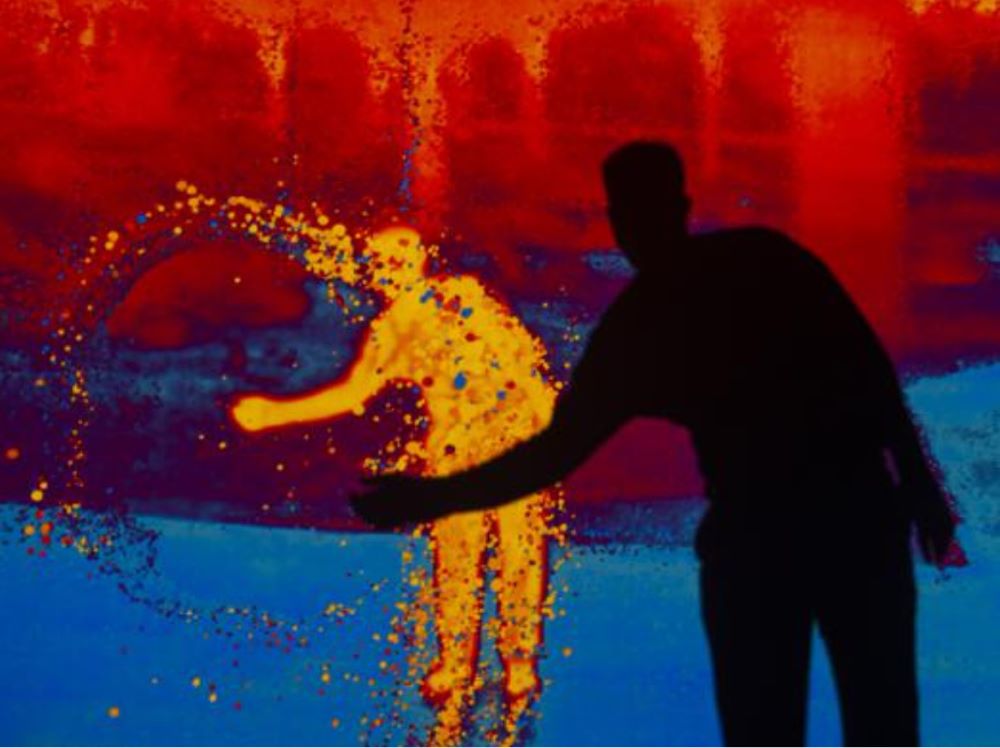
“Thermal Drift” (2022), an interactive artwork by Rafael Lozano Hemmer, edition of six.
And then there is “Thermal Drift.” This artwork paints a portrait of anyone standing in front of the hidden camera by analyzing the body’s heat patterns. The problem, of course, is that the work is evanescent. But then, so is life.
So there you have it. The future of wellness is bright, and I can’t wait to see what’s in store at the Global Wellness Summit in November. You may want to sign up for the Global Wellness Institure’s newsletter https://globalwellnessinstitute.org/can or purchase their full report
—


